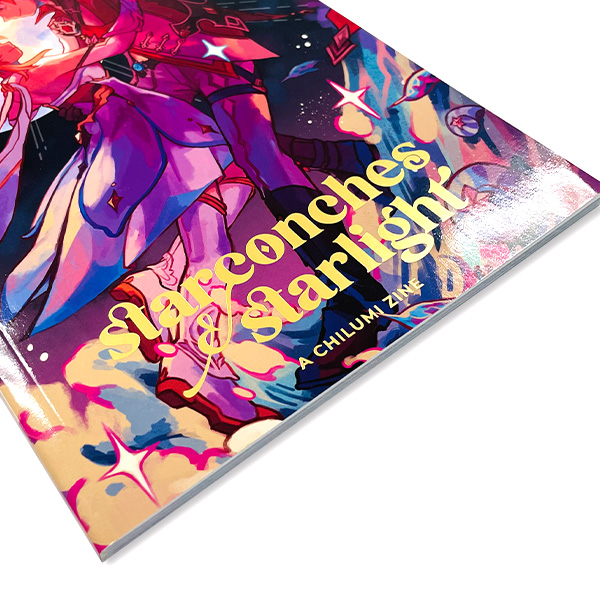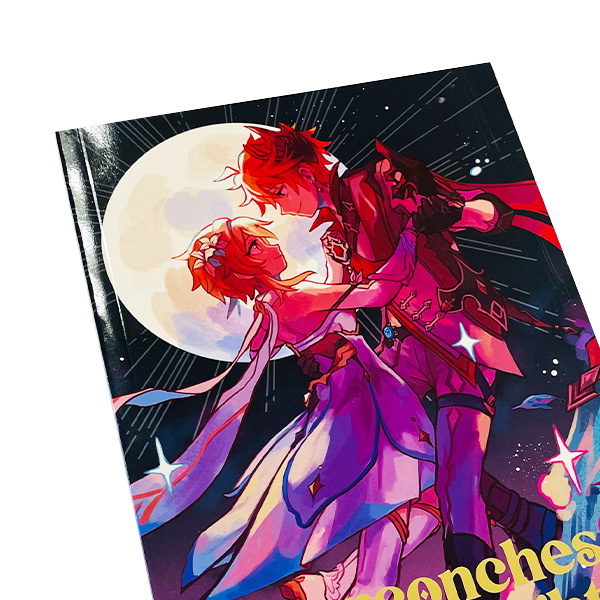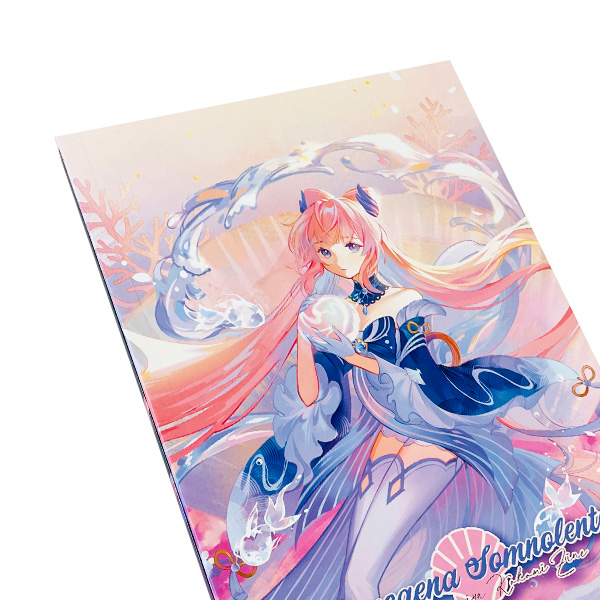Gloss Lamination
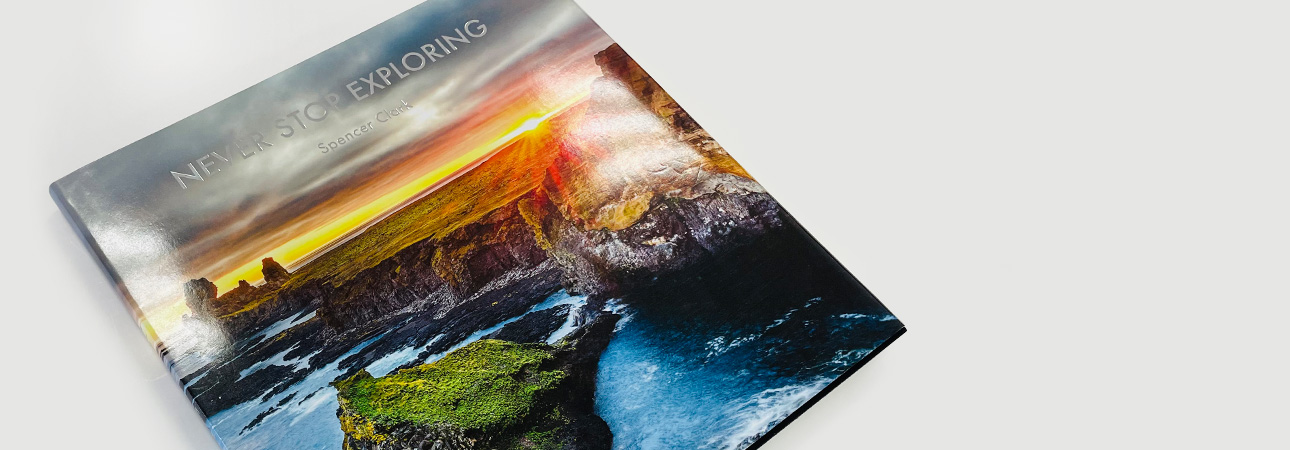
What Is Gloss Lamination?
Gloss lamination is a process by which we apply a thin layer of transparent gloss surface plastic film to a paper sheet and adhere to it using pressure and heat. We can apply the laminate to just one side of the paper or to both sides, depending on the requirements of a specific project. Laminate film comes in a range of thicknesses from almost rigid to extremely thin and flexible.
Manufacturers usually make thicker laminates of Polyethylene Terephthalate (PET) while they usually make the thinner films from Ethylene-Vinyl Acetate (EVA). PET is recyclable and often made from recycled plastic products, so it has a low carbon footprint and is considered one of the most environmentally friendly plastics. EVA is recyclable in some districts, but is not considered as a recyclable plastic, although new biodegradable forms of EVA are just coming into the market.
Manufacturers make gloss laminates to give the printed surface a smooth, glassy look. They enhance full-colour reproduction and give the page a bright and attractive sheen. Aside from the aesthetic value, all laminates also provide a degree of added protection to the paper and ink, guarding against fading, scuffing, stains, tearing and other signs of wear. One important factor to bear in mind, however, is that we can only do gloss lamination on paper that’s thicker than 105 gsm. With thinner paper, it doesn’t work.
The Advantages of Gloss Lamination
Gloss lamination is neither better nor worse than any other form of lamination, such as matte or soft-touch. Which is the best option all depends on your product and the consumer for whom it’s designed. That said, let’s look at some of the key advantages of gloss lamination.
- The “glassy” surface that gloss lamination gives enhances colour prints and makes the page bright and attractive.
- It adds a protective layer to the surface of your project, helping to protect it against moisture, scratching, soiling, and other kinds of damage.
- Gloss lamination makes the surface more resistant to wear-and-tear during associated processing, such as folding, binding, boxing, or adding special finishes such as foil stamping.
- If you’re printing a long book with a wide spine, gloss lamination is an effective guard against splitting.
- It’s resistant to light spillages and you can wipe it clean with a cloth.
- Products which have been gloss laminated are more durable all round and so have a longer useful life than unlaminated products.
- Gloss lamination gives your product a slick, professional look.
These advantages of gloss lamination make it suited to an array of print projects from hardcover and softcover books to board games and cards, custom paper boxes, and many more. But it isn’t the only option. So, let’s compare it with the other most popular lamination choice: matte lamination.
Gloss Lamination vs Matte Lamination
Both gloss and matte lamination help to protect your printed surfaces. But the crucial difference between them is in their visual and tactile effects. Whereas gloss is shiny and bright, giving a highly reflective surface, matte lamination softens colours and graphics and has a silky sheen rather than a glassy one.
The aesthetic effects of matte lamination are considered as having a more luxurious, high-end look and feel compared to gloss. But gloss is ideal for projects where you want the colours to be bright—such as a children’s picture book, some product catalogues, packaging, board games, and so on—and also have a longer lifespan with regular use. Choosing between gloss and matte lamination is an important decision, but there’s no definitive answer to which is best for your product. It depends on a variety of factors, including the kind of print product, the intended market, current trends, your budget, and more. But let’s look at some of the most popular applications of gloss lamination in printing.
Popular Applications for Gloss Lamination
Now you understand the properties and effects of gloss lamination, it may be useful to you if we list the most common print projects in which our customers find gloss lamination helpful. Again, this doesn’t mean that you can’t make a different decision, but it should help you with a practical context to make your choice.
- Children’s picture books—because children’s picture books rely so heavily on colourful illustrations, often filling every page and spread, and because books for kids endure rougher handling than those for adults, gloss lamination is an excellent choice as it will make the images livelier and more attractive to the youngster’s eyes and resist frequent re-reading, bending, and so on.
- Product catalogues—while matte or soft-touch lamination could be a good choice for a classy catalogue, most times product catalogues benefit from gloss lamination to enhance product photographs and endure repeated browsing.
- Custom printed boxes—another popular application of gloss lamination is on the outer surface of custom printed boxes. Gloss makes the box attractive while providing added protection to the contents during storage, handling and display.
- Hardcover books—many hardcover books, especially those with a high page count, often have a gloss laminate applied to the outer surface of the book’s cover. Again, the choice depends on the genre, the intended readership, and so on, but gloss can be a great choice for hardcover books which people use often such as school textbooks, coffee-table books, atlases, photographic portfolios, and reference works.
- Other products such as board books, posters, presentation folders, and more may also benefit from gloss lamination.
That’s not an exhaustive list, but it should help you understand the particular qualities of gloss lamination and give you an idea of what to consider when deciding if it’s the right option for your specific print project.
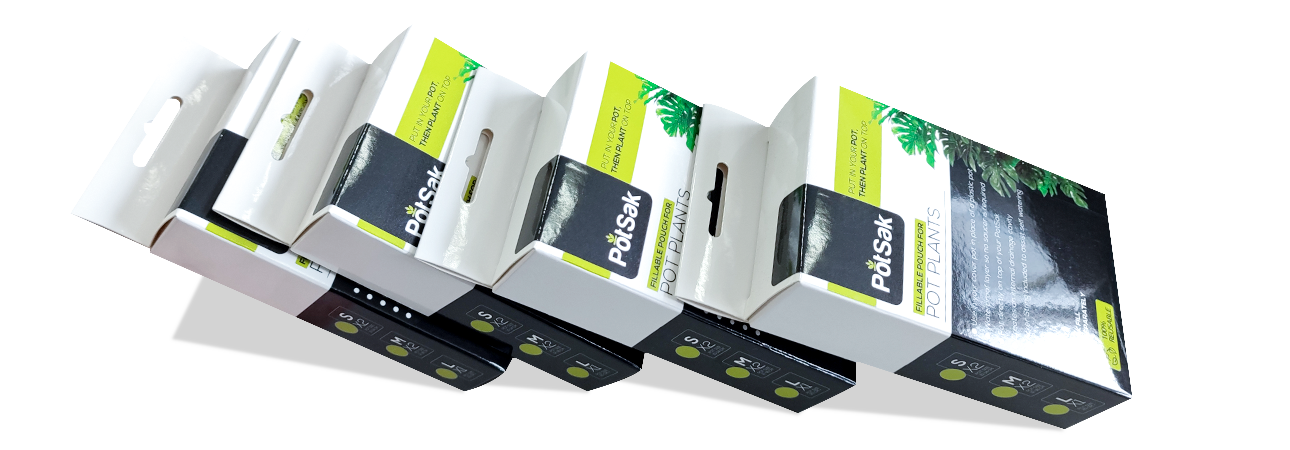
Need More Help? Talk to Us!
Choosing between the various lamination options is an important decision which has a significant impact on the appearance and quality of your finished printed product, the design process, and the price. If you’re not sure which option is the most suitable for your needs, the best thing to do is to talk to us. With over 25 years’ experience under our belts, the latest offset printing technology at our fingertips, a vast knowledge about paper, coatings, finishes, and laminates of all kinds, and a genuine commitment to customer service, we’ll be happy to give you the best advice to help you choose the perfect cover surface for both your print project and your budget. Get in touch today for an informal chat or a no-obligation quote. We can’t wait to work with you!




